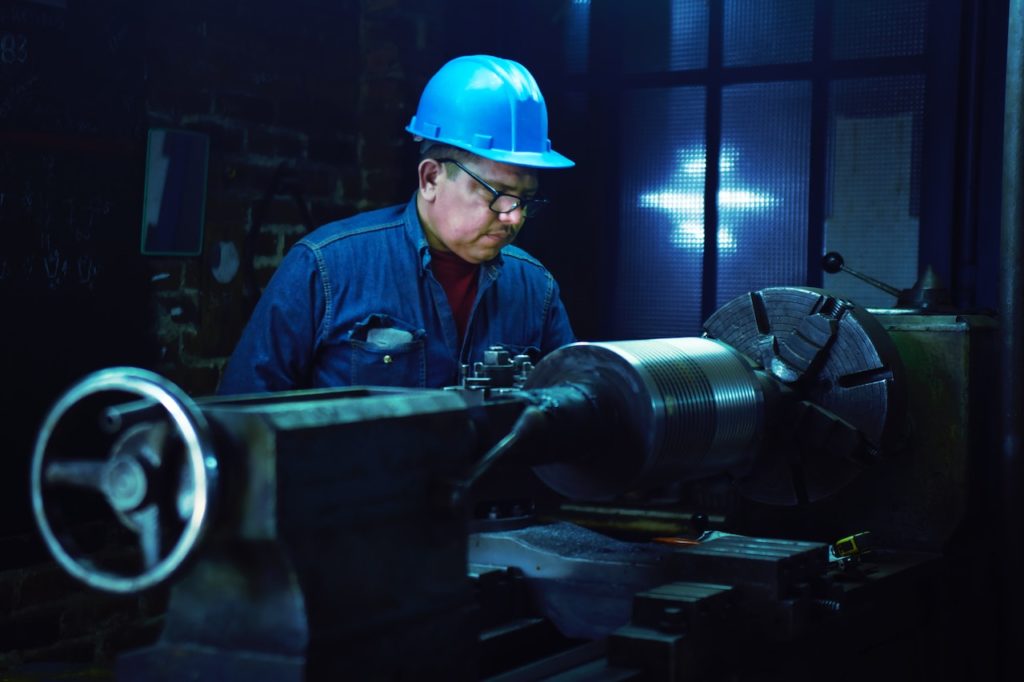One of the challenges brought about by the COVID-19 pandemic has been the increased demand for essential products such as food and medicines. This has put a strain on retailers, suppliers, and manufacturers.
With many bare shelves on essential items such as toilet paper, pasta, and other goods at the start of the pandemic, manufacturers have had to increase their output amidst challenging circumstances.
Here’s how essential manufacturing companies have adapted to keep up with increased demand during the coronavirus pandemic:
What Challenges Are Manufacturers Facing?
The types of problems that manufacturers may face include being unable to get the right materials due to restrictions or disruptions in the supply chain caused by the pandemic. The combination of panic buying by consumers and plants closing or minimizing staff to meet stay-at-home regulations has caused some products to be manufactured less rapidly, even though demand is higher.
Social distancing measures also create problems within the workplace. With employees needing to stay six feet apart, it is essential for all manufacturers to ensure that they are putting measures to protect their employees. They have had to take time to ensure healthy practices are being employed by those still working onsite at manufacturing plants.
In addition to the need to space out, some manufacturers have needed to increase staff rather than minimize staff to keep up with demand, all while maintaining social distancing regulations. This creates a recruitment and space challenge, as manufacturers must take time to hire new employees and find space for them to work in a healthy environment, six feet away from others.
Increasing Production
To increase production, manufacturers have to widen the net to source materials. This means working closely with additional suppliers.
In many areas, manufacturers have refined the number of lines that they produce to ensure that they are providing maximum effective coverage of their most essential items.
Some manufacturers have switched production of their conventional products to ensure that the demands for certain products are met. This includes brewers switching their production lines over to hand sanitizer and engineering companies moving production to ventilators.
Meeting The Staffing Challenges
To meet the heightened demands, many manufacturers have had to rapidly employ temporary workers. The speed of this recruitment process has meant that employers need to adopt new practices to get the right people in the job quickly.
Where some sectors have been forced to lay-off their employees heavily, manufacturing companies have been able to capitalize on the mobility in the job market. Many workplaces have stocked up heavily on PPE and have implemented distancing measures by placing markers throughout. Any services that can be handled remotely are also promptly transferred to at-home employees.
In addition to this, providing additional washing facilities and reviewing sick leave policies have been essential for businesses adapting to the challenges of COVID-19 to keep current and future employees safe.
Using Smart Manufacturing Technology
Implementing Smart Manufacturing systems has also been essential for many manufacturers. These advanced communication and organizational tools increase productivity and efficiency to ensure that those manufacturers who need to increase output while keeping staff to a minimum can do so.
Smart Manufacturing communication systems offer features such as immediate incident reporting, real-time data dashboards, communication across various departments through call or text, and Andon notifications to instantaneously warn of damages, downtime, or equipment malfunctions.
With the situation with the pandemic being uncertain and fluid, all manufacturers need to adopt flexibility into their operations by implementing new technology and other methods to deal with the need to increase output and keep social distancing regulations. Nobody can be sure exactly how long the crisis will go on for, so reacting to the challenges promptly and communicating with all areas of the supply chain will allow manufacturers to update their plans regularly.




